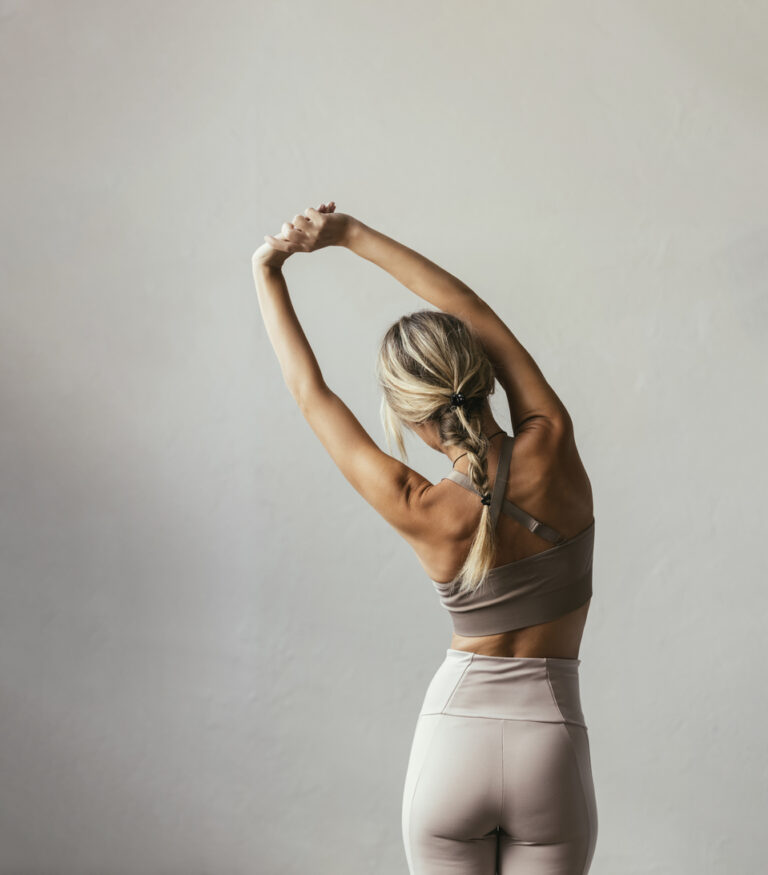Preventing injury is hard, mostly because injuries generally occur by accident – a slip and fall, a road traffic accident, a miss-timed tackle on the football pitch, an over-exuberant swing off the tee. Injuries are almost always unexpected and therefore almost impossible to prepare for.
There are some things you could do in your everyday routine however, to reduce your risk of suffering an injury. We spoke to two of Bermuda’s top muscular-skeletal experts about how you can improve your chances of getting through your day injury free. Here’s what they said:

Dr Craig Rowat of Spine & Sport Wellness Centre offered some very practical advice for sporty and non-sporty types alike:
“The most critical thing for us to do to avoid injuries in sport, and in everyday life, is to prioritise preparation. Step back and take a look at what your sport, or your life, demands. For example, if it’s a sport, are you running, twisting and kicking? If it’s your everyday life, are you lifting, moving or sitting? If these are the movements that are demanded of you, then it is critical to prepare your body and mind for these types of movements. Doing exercises and stretches to help your body facilitate these movements will not only help you avoid injury, but it will help you to thrive.”
Dr Rowat continued by emphasising the importance of movement in avoiding injury: “I believe that you can set up simple exercises and stretches once you fully understand the importance of each movement in your sport or life. But, the absolute most important thing you must do is move.
“If you are training for a sport, you may have to push your body a little bit harder to build resiliency. However, for everyday life, all you need to do is move. Use your muscles and joints. Getting up from your desk and going for a walk is one of the best things you can do. Taking time in the evenings after work to do some stretches will help keep your body feeling loose and maintain your range of motion. The little things go so much further than most people realise.”

Mrs Anna Fitchett of Performance Rehab Physiotherapy & Sports Injury Clinic said:
“Whilst it’s unrealistic to think injuries are 100 percent avoidable, the likelihood of injury can be reduced in several different ways. If you are taking up a new activity, or returning after a long break, then ensuring you slowly build back up – both the intensity and frequency of the activity – is important.
“All too often we make the mistake of thinking we can jump back in where we left when, in reality, we may no longer have the same degree of muscle strength or general fitness, which can lead to an increased risk of injury.
“From an everyday life perspective, if you spend the majority of your work day sitting, then an ergonomic assessment by a physiotherapist can be helpful in creating a work set up that is individually suited to your needs. Taking regular breaks from sitting every 20 to 30 minutes, can also help a great deal.
“Over the pandemic we have seen an increase in people with neck and back issues, likely caused from spending long hours working from home in less-than-ideal conditions, such as a laptop at the dining room table.”
Mrs Fitchett also emphasised the vital role of stretching before, and after activities. She pointed out that specific stretches for various activities work best – a calf stretch after a run or a hip flexor stretch after sitting, for example.

